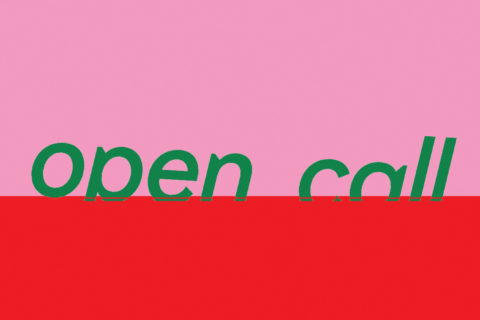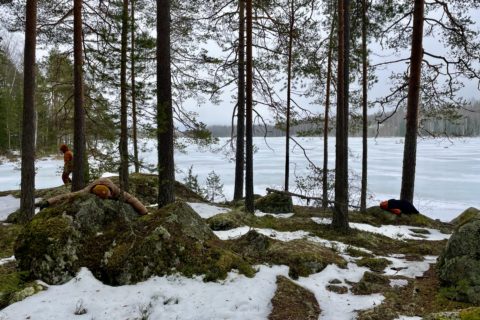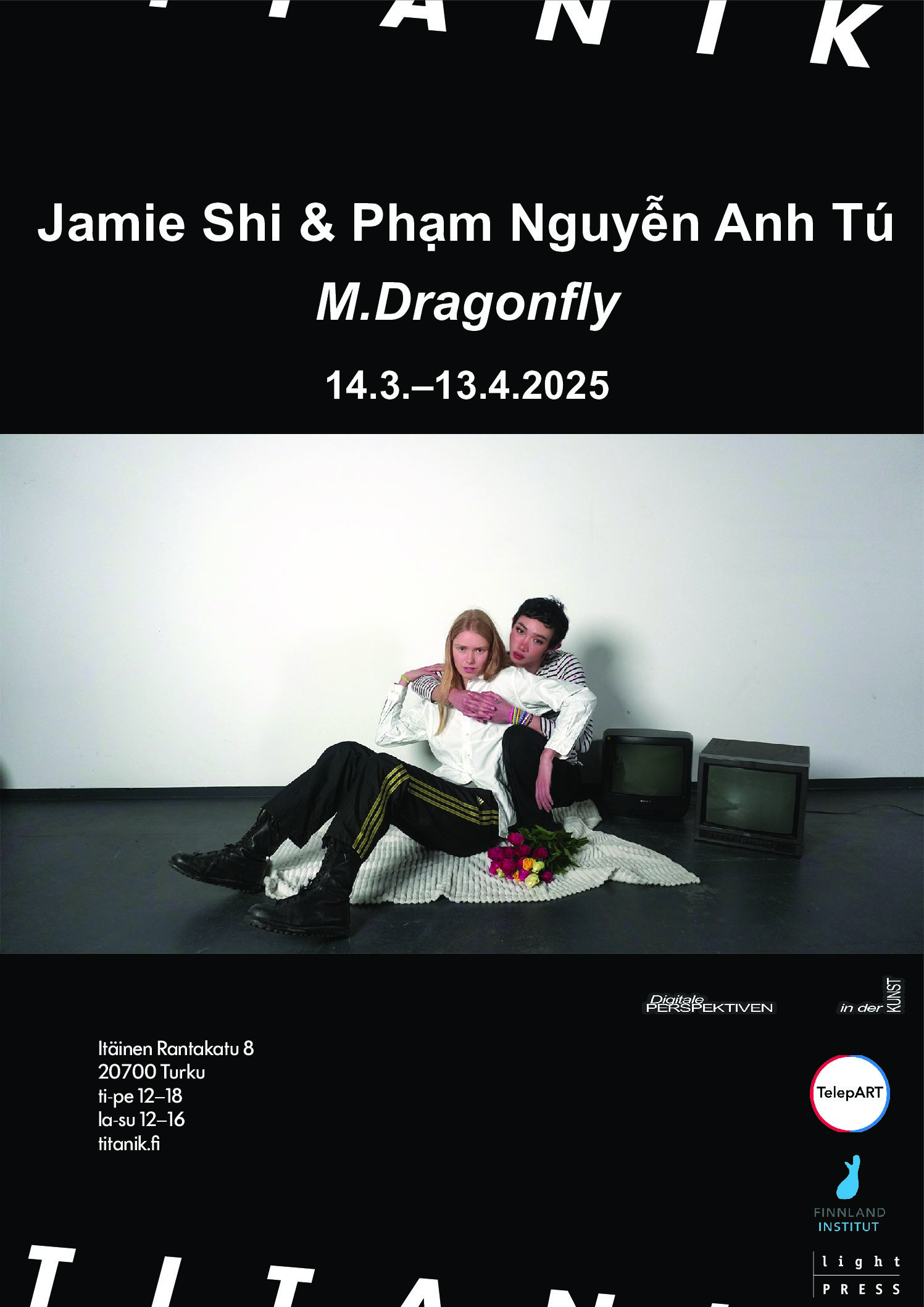Born in São Paulo, Fernando Visockis is a multimedia artist with vast interests in music composition (electronic and acoustic), audiovisual installations, digital media and sound art. BA in Music Composition [with emphasis in electroacoustic music] by Universidade Estadual Paulista (UNESP), has been developing audiovisual projects since 2008, with works shown in Brazil, Portugal, Spain, Germany, Bulgaria, South Korea, Hong Kong, Japan, Argentina and United Kingdom.
Is founder-member of the partnership named PirarucuDuo, of the experimental music group Basavizi and is also known as FVM aka mochka. He also works as a music/audiovisual producer and composer of soundtracks and sound design for web, tv and films. www.fernandovisockis.com
The idea for the residency period is to give continuity to the artist’s research mostly related to the concept of autonomous/generative art (those being developed as multimedia installations, performances or web-based works). For that, Visockis will develop a new audiovisual installation inspired by the concept of feedback as a generative system.
From a broader view, generative art as a systems-based practice can be found in ancient art exploiting symmetry, tiling, and patterns. In the mid-20th century stochastic systems were added to the mix, and in the late-20th century systems found in complexity science came to dominate.
Feedback is a term that has been related to contemporary art (specially the so called sound art) with different approaches and with different results, but always coexisting in the field of systems that can reinvent and generate itself by exchanging energy with the environment that the work is surrounded by, and always mixing what is the input and what is the output that feeds this system.
In the installation to be presented in Titanik Gallery, Visockis tries to take this concept to an audiovisual level, by using the feedback both in video and in audio, both in physical and digital realms, to develop an autonomous audiovisual system. The work will consist of mirrors, multimedia projectors, speakers, cameras, microphones and custom software programing. With those, the installation will create a generative feedback system that would immerse the devices, the room and and spectators perception in one coexisting retroactive environment.
WORKSHOP AT TITANIK: “Visual Music: Creating audiovisual instrument on Pure Data”
Tuesday 30. July 1 pm – 4 pm
The workshop intends to show the attendants how to develope and create simple audiovisual interfaces for controlling digital video and audio in Pure Data (PD), like mixers, generative systems and audiovisual instruments.
Pure Data (PD) is an open source visual programming language that enables any non-coder to create softwares graphically, without wrinting lines of codes. PD is used to process and generate sound, video, 2D/3D graphics, interface sensors, input devices, MIDI and OSC protocols.
By presenting a brief introduction of how Pure Data (PD) works, what is dataflow and also showing some ready-made-easy-to-play tools, the intention is to create and make the public interested on studying this kind of language.
For artists, musicians, designers, programmers, VJ’s, DJ’s and anyone else interested. Welcome!




